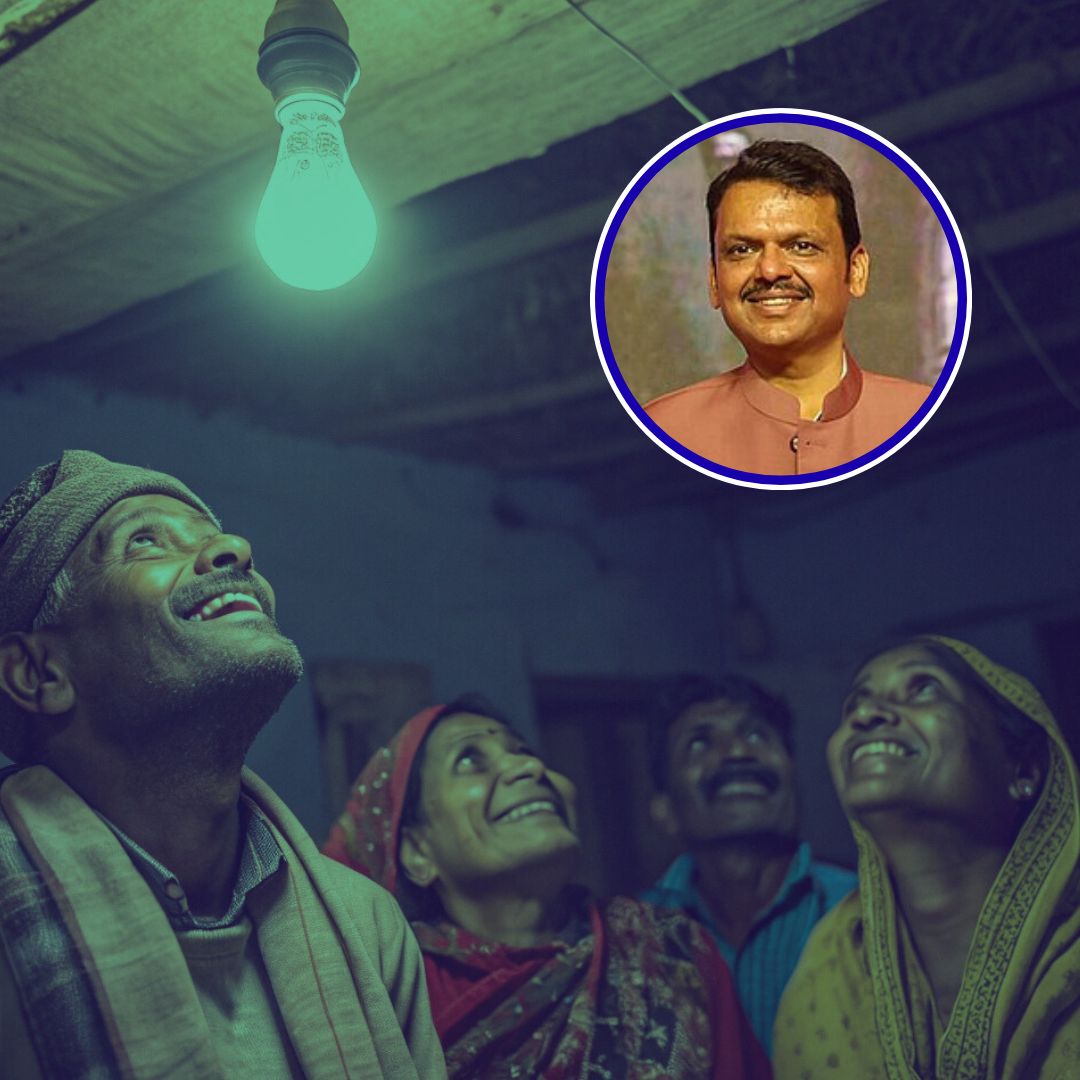The Maharashtra government has announced a significant and unprecedented reduction in electricity tariffs, with a 10% cut effective from April 2026 and a cumulative 26% reduction planned over the next five years.
This landmark decision, approved by the Maharashtra Electricity Regulatory Commission (MERC), will benefit nearly 3 crore consumers across the state excluding Mumbai, which operates under separate power distributors. Chief Minister Devendra Fadnavis lauded the move as a “historic and people-centric” step, marking the first time in Maharashtra’s history that tariffs will be reduced rather than increased.
The initiative aims to provide immediate financial relief to households, small businesses, and industries, while also encouraging the adoption of renewable energy and smart technologies.
Major Relief for Consumers: Who Benefits and How
The new tariff structure is set to provide substantial savings for a wide range of consumers. According to official estimates, around 70% of domestic users primarily those consuming less than 100 units per month will see their electricity bills drop by at least 10% starting in FY 2026.
For a typical household using 90 units per month, this could mean monthly savings of ₹50–₹100, depending on the current slab. Small businesses and industries are also poised to benefit, as lower power costs can help improve profit margins and competitiveness, especially in energy-intensive sectors like manufacturing and services.
Chief Minister Devendra Fadnavis, speaking at a press conference, stated, “This is a historic day for Maharashtra. For the first time ever, we are reducing tariffs to ease the burden on our people and boost the state’s economic growth.”
MERC Chairperson Anand Kulkarni echoed this sentiment, saying, “The decision was made after a thorough review of MSEDCL’s financials and keeping the public interest at the forefront.” Notably, the new structure includes special incentives: domestic consumers with smart meters will receive an additional 10% discount for daytime usage under the Time-of-Day tariff, and households generating solar power will be eligible for further rebates and net metering benefits.
Context and Background: Why Now, and What Led to This Change?
Historically, electricity tariffs in Maharashtra have seen regular annual hikes, with previous petitions by the Maharashtra State Electricity Distribution Company Limited (MSEDCL) seeking increases of up to 10%. However, this year marked a turning point. Improved operational efficiency, a significant rise in renewable energy generation, and better financial management enabled MSEDCL to propose a reduction instead. The MERC’s acceptance of this proposal is unprecedented, signalling a shift in regulatory approach towards consumer welfare.
The tariff reduction will not apply to Mumbai, where electricity is supplied by BEST, Tata Power, and Adani Electricity, each regulated separately. To further support affordable and sustainable energy, the state government has expedited the Mukhyamantri Saur Krishi Vahini Yojana 2.0, aiming to provide solar-powered electricity to farmers and rural households.
This aligns with Maharashtra’s broader push to promote renewable energy adoption, reduce dependence on fossil fuels, and ensure affordable energy access for all sections of society. The phased approach starting with a 10% cut and reaching a 26% reduction over five years ensures that the benefits are sustained and equitably distributed.
The Logical Indian’s Perspective
Maharashtra’s bold move to slash electricity tariffs is a commendable example of progressive, people-first governance. By prioritising affordability and incentivising renewable energy and smart technology, the state is not only easing the financial pressure on millions but also paving the way for a cleaner, more sustainable future.
This decision demonstrates that with responsible management and a commitment to public welfare, it is possible to balance economic, social, and environmental goals. We at The Logical Indian believe such measures can inspire other states to rethink their approach to essential services, fostering greater trust and inclusivity.
As citizens, it’s crucial to engage with and support policies that promote both affordability and sustainability. Should more states follow Maharashtra’s example and prioritise relief for essential services like electricity? What other reforms would you like to see in your state’s utility sector?









